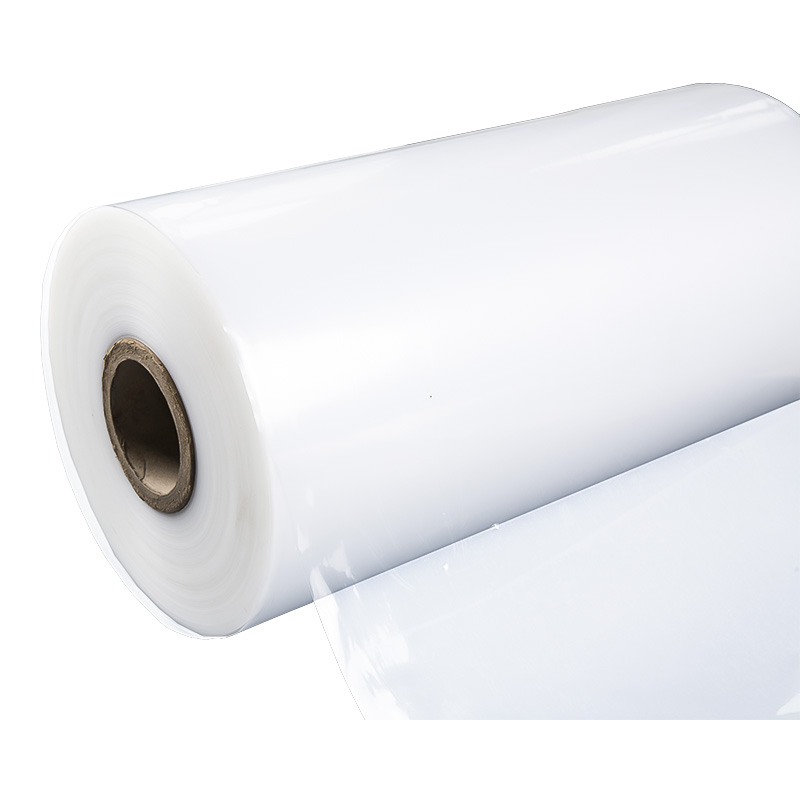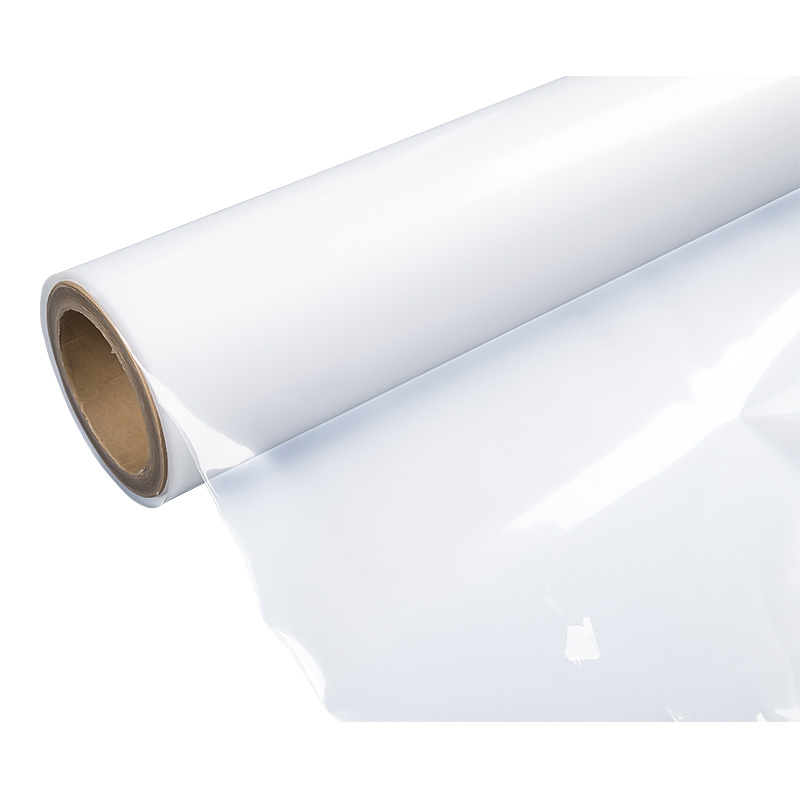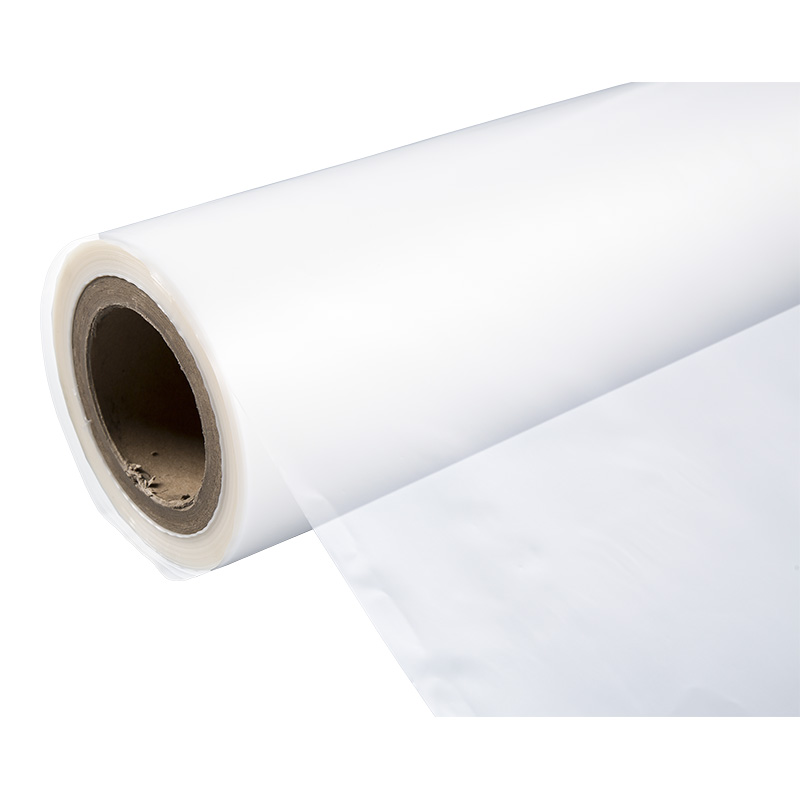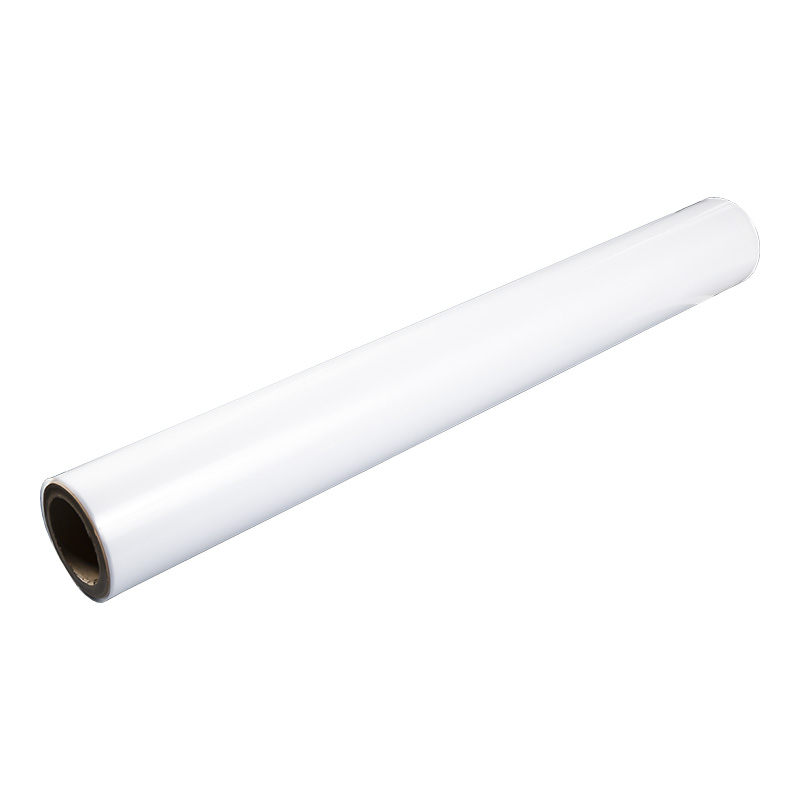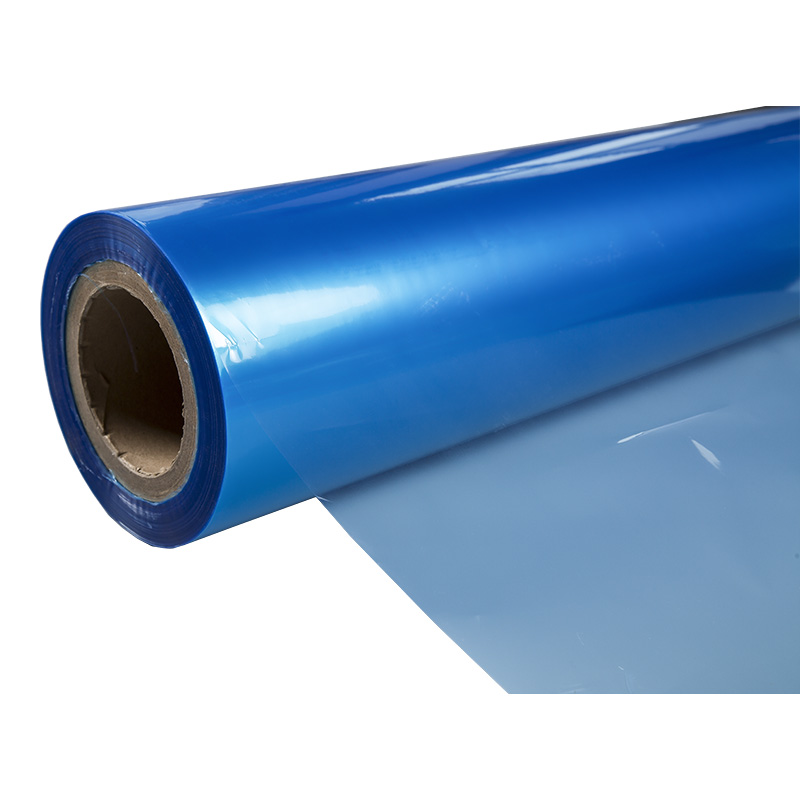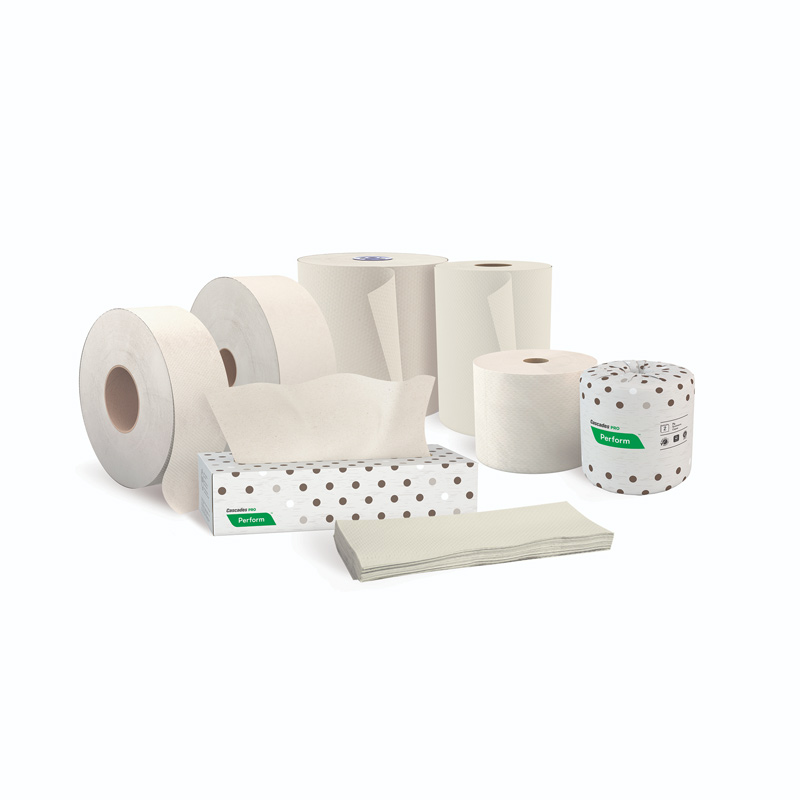Introduction
Composite membranes are widely used in various separation processes, ranging from water purification to gas separation. Among them, ordinary composite membranes stand out due to their simple structure, cost-effectiveness, and versatility in practical applications. These membranes typically consist of multiple layers, where a thin selective layer is supported by a porous substrate.
Despite the emergence of advanced or specialized membranes, ordinary composite membranes remain crucial in both industrial and laboratory settings. They offer a balance between performance and affordability, making them suitable for large-scale water treatment, food processing, and chemical separations.
This article explores the fundamental structure, preparation methods, performance optimization, and fouling control strategies of ordinary composite membranes. By understanding their characteristics and potential, researchers and engineers can make informed decisions about their applications and improvements.
Basic Structure and Types of Ordinary Composite Membranes
Layered Structure
The typical structure of an ordinary composite membrane includes:
- Selective Layer – Usually made of polymeric materials such as polyamide, polysulfone, or polyethersulfone. This layer is responsible for the actual separation process, such as rejecting salts, removing contaminants, or selectively allowing certain gases to pass.
- Porous Substrate – A thicker, mechanically strong layer that supports the selective layer and maintains structural integrity under pressure. Common materials include polysulfone or polypropylene.
- Intermediate Layer (optional) – In some designs, an intermediate layer is added to improve adhesion between the selective and substrate layers or to adjust pore structure for optimized performance.
This layered arrangement ensures that ordinary composite membranes achieve both high flux and sufficient selectivity without compromising durability.
Types of Ordinary Composite Membranes
| Type | Selective Layer Material | Substrate Material | Typical Application | Advantages | Limitations |
|---|---|---|---|---|---|
| Polymeric-Polymeric | Polyamide / Polysulfone | Polysulfone / Polypropylene | Water desalination, ultrafiltration | Flexible, easy to fabricate, low cost | Moderate chemical resistance |
| Polymer-Inorganic | Polyamide / Polyethersulfone + Nanoparticles | Polysulfone | Gas separation, water treatment | Improved chemical and thermal stability | Slightly higher fabrication complexity |
| Thin-Film Composite (TFC) | Polyamide | Porous polysulfone | Reverse osmosis, nanofiltration | High selectivity, widely studied | Susceptible to fouling |
| Layered Mixed-Matrix | Polymeric + Inorganic fillers | Polysulfone or Polypropylene | Specialized separations (organic solvents, gas mixtures) | Tunable properties, enhanced selectivity | Higher production cost |
Comparison with Nanofiltration Membranes
While ordinary composite membranes are versatile, nanofiltration membranes represent a more specialized subset. Nanofiltration membranes typically feature:
- Smaller pore sizes (~1–2 nm) compared to ordinary composite membranes (~5–20 nm effective pores in ultrafiltration range)
- Higher rejection rates for divalent and multivalent ions
- More stringent chemical and pressure tolerances
However, ordinary composite membranes retain advantages in terms of manufacturing cost, scalability, and application versatility, making them suitable for broader industrial use.
Summary of Structural Importance
The efficiency of an ordinary composite membrane depends on:
- Thickness of the selective layer (thinner layers → higher flux but potentially lower mechanical strength)
- Pore size and porosity of the substrate (higher porosity → lower hydraulic resistance)
- Material compatibility between layers (reduces delamination and improves lifespan)
These factors allow engineers to design ordinary composite membranes that balance separation performance, durability, and cost, which is why they continue to be widely used despite the availability of advanced membranes.
Fabrication Methods of Ordinary Composite Membranes
Phase Inversion Method
Phase inversion is one of the most widely applied techniques in producing ordinary composite membranes. It involves converting a polymer solution into a solid membrane by controlled precipitation. The process typically includes:
- Casting a polymer solution on a substrate
- Immersing the cast film into a nonsolvent bath (usually water)
- Solidification as the solvent diffuses out and the nonsolvent diffuses in
This method allows precise control over pore size, porosity, and thickness of both selective and support layers. Phase inversion is commonly used for polysulfone, polyethersulfone, and polyamide membranes.
Advantages: Simple and scalable, good control over morphology, cost-effective
Limitations: Requires careful control of temperature and solvent composition; some organic solvents may pose environmental concerns
Interfacial Polymerization
Interfacial polymerization is mainly used to fabricate thin-film composite membranes, where an ultrathin selective layer is formed on a porous substrate. The process involves two immiscible solutions:
- An aqueous solution containing monomers (e.g., amines)
- An organic solution containing complementary monomers (e.g., acid chlorides)
When the two solutions meet at the interface, a polymer layer forms almost instantaneously. This results in a thin, dense selective layer atop the substrate.
Advantages: Produces extremely thin selective layers (<200 nm), high water flux and salt rejection, widely adopted in reverse osmosis and nanofiltration
Limitations: Sensitive to monomer concentration and reaction time; layer uniformity may vary with scale
Sol-Gel Coating Method
The sol-gel method introduces inorganic components into the polymer matrix to form hybrid polymer-inorganic composite membranes. The process involves:
- Preparing a sol containing metal alkoxides or nanoparticles
- Coating or impregnating the sol onto a polymer substrate
- Gelation and drying to form a thin, dense layer
This technique enhances chemical and thermal stability and can introduce new functionalities such as antimicrobial or catalytic properties.
Advantages: Enhances mechanical, chemical, and thermal properties; can tailor surface properties for specific separations
Limitations: Slightly more complex and time-consuming; requires post-treatment for optimal adhesion
Comparison of Fabrication Methods
| Method | Selective Layer Thickness | Control over Pore Structure | Scalability | Typical Applications | Advantages | Limitations |
|---|---|---|---|---|---|---|
| Phase Inversion | 50–200 µm | High | High | Ultrafiltration, microfiltration | Simple, cost-effective | Sensitive to solvent/nonsolvent ratios |
| Interfacial Polymerization | <200 nm | Medium | Medium | Reverse osmosis, nanofiltration | Ultra-thin, high flux | Requires precise control |
| Sol-Gel Coating | 100 nm–5 µm | Medium | Low–Medium | Gas separation, water treatment | Enhanced stability, functionalization | Complex process, time-consuming |
Performance and Optimization of Ordinary Composite Membranes
Key Performance Parameters
- Permeability (Flux): Flux refers to the volume of water or gas passing through the membrane per unit area per unit time. Higher flux reduces operational time and energy consumption.
- Selectivity (Rejection Rate): Measures the membrane's ability to reject undesired solutes or allow specific molecules to pass.
- Mechanical Strength: Ensures the membrane withstands operational pressures without deformation or delamination.
- Chemical and Thermal Stability: Membranes must resist degradation when exposed to harsh chemicals or high temperatures.
- Fouling Resistance: Surface modification, smoothness, and hydrophilicity influence fouling behavior.
Optimization Strategies
- Material Modification: Adding nanoparticles (e.g., TiO₂, SiO₂) or using cross-linked polymers.
- Structural Tuning: Reducing selective layer thickness or adjusting substrate porosity.
- Surface Functionalization: Hydrophilic or antimicrobial coatings to reduce fouling; modifying surface roughness.
Performance Comparison Table
| Membrane Type | Selective Layer Material | Flux (L/m²·h) | Salt Rejection (%) | Chemical Resistance | Fouling Tendency | Optimization Techniques |
|---|---|---|---|---|---|---|
| Polymeric-Polymeric | Polyamide / Polysulfone | 20–40 | 90–95 | Moderate | Moderate | Cross-linking, thickness reduction |
| Polymer-Inorganic | Polyamide + TiO₂ nanoparticles | 25–45 | 92–97 | High | Low | Nanoparticle incorporation, surface functionalization |
| Thin-Film Composite (TFC) | Polyamide | 30–50 | 95–99 | Moderate | Moderate | Ultra-thin selective layer, surface modification |
| Layered Mixed-Matrix | Polymeric + Zeolite fillers | 20–35 | 93–98 | High | Low | Filler dispersion, selective layer tuning |
Fouling and Control of Ordinary Composite Membranes
Types of Membrane Fouling
- Particulate Fouling: Caused by suspended solids or colloids in the feed solution, which block pores or form a cake layer.
- Organic Fouling: Resulting from natural organic matter, oils, or proteins adhering to the membrane surface.
- Biological Fouling (Biofouling): Occurs when bacteria, algae, or fungi attach and grow on the membrane surface, forming biofilms.
- Inorganic Fouling (Scaling): Precipitation of salts, such as calcium carbonate or silica, forming hard deposits.
Factors Influencing Fouling
- Feed water quality (particle concentration, organic content, pH, hardness)
- Operating conditions (pressure, temperature, flow rate)
- Membrane surface properties (hydrophilicity, roughness, charge)
Fouling Control Strategies
- Physical Cleaning: Backwashing or air scouring; periodic flushing to restore flux.
- Chemical Cleaning: Using acids, bases, or oxidizing agents to dissolve deposits.
- Surface Modification: Hydrophilic or antimicrobial coatings to reduce fouling.
- Operational Optimization: Adjusting flow velocity, cross-flow configuration, and pre-treatment of feed water.
Comparison of Fouling Control Methods
| Control Method | Effective Against | Advantages | Limitations |
|---|---|---|---|
| Physical Cleaning | Particulate, some organic fouling | Simple, low cost | Ineffective for biofouling or scaling |
| Chemical Cleaning | Organic fouling, scaling | High efficiency | Requires chemical handling; may shorten membrane lifespan |
| Surface Modification | Organic fouling, biofouling | Long-term fouling reduction | Additional fabrication steps; cost increase |
| Operational Optimization | All fouling types | Preventive; reduces maintenance | Requires careful monitoring and feed water control |
Practical Applications of Ordinary Composite Membranes
Water Treatment
- Ultrafiltration (UF): Removing suspended solids, bacteria, and macromolecules from water
- Nanofiltration (NF): Partial removal of salts and organic contaminants
- Reverse Osmosis (RO): High rejection of dissolved salts for desalination
| Application | Selective Layer | Flux (L/m²·h) | Salt Rejection (%) | Operating Pressure (bar) |
|---|---|---|---|---|
| UF | Polyethersulfone | 50–100 | 0–10 | 1–3 |
| NF | Polyamide | 20–40 | 50–90 | 4–10 |
| RO | Thin-film Polyamide | 15–30 | 95–99 | 10–25 |
Food and Beverage Industry
- Clarification and concentration: Removing proteins, sugars, and colloids in beverages
- Dairy processing: Concentration of milk proteins and whey
- Juice and wine clarification: Ensuring product clarity without affecting taste
| Application | Membrane Type | Flux (L/m²·h) | Retention (%) | Notes |
|---|---|---|---|---|
| Milk protein concentration | Polyamide UF | 40–60 | 80–90 | Maintains protein integrity |
| Juice clarification | Polysulfone UF | 50–70 | 70–85 | Reduces turbidity without flavor loss |
| Beverage concentration | Polyamide NF | 20–35 | 60–75 | Energy-efficient concentration |
Gas Separation
- CO₂ removal from natural gas or biogas
- O₂/N₂ separation for industrial oxygen supply
- H₂ purification in chemical processes
| Gas Separation | Membrane Type | Permeability (Barrer) | Selectivity | Operating Temp (°C) |
|---|---|---|---|---|
| CO₂/CH₄ | Polymeric | 50–150 | 20–30 | 25–60 |
| O₂/N₂ | Polymer-inorganic | 100–200 | 3–6 | 25–80 |
| H₂/N₂ | Mixed-matrix | 200–400 | 5–8 | 25–80 |
Summary of Practical Applications
- Water Treatment: High flux, selective rejection of contaminants, scalable, energy-efficient
- Food and Beverage: Gentle separation, preserves quality, versatile in different liquids
- Gas Separation: Chemical/thermal stability, tunable selectivity, continuous operation
Conclusion and Future Prospects
Key Takeaways
- Structure and Composition: Ordinary composite membranes typically consist of a thin selective layer supported by a porous substrate. Variations such as polymer-inorganic composites or layered mixed-matrix membranes allow tailored properties for specific applications.
- Fabrication Methods: Techniques such as phase inversion, interfacial polymerization, and sol-gel coating enable control over selective layer thickness, pore structure, and surface properties, which directly impact performance.
- Performance Optimization: Flux, selectivity, chemical stability, and fouling resistance can be improved through material modification, structural tuning, and surface functionalization.
- Fouling Management: Effective fouling control—including physical cleaning, chemical cleaning, surface modification, and operational optimization—is essential for maintaining long-term membrane performance.
- Practical Applications: Widely used in water treatment, food and beverage industry, and gas separation, demonstrating versatility and industrial relevance.
Future Prospects
- Advanced Material Integration: Incorporation of novel nanoparticles, metal-organic frameworks (MOFs), or 2D materials to enhance selectivity, flux, and chemical stability. Hybrid polymer-inorganic membranes that combine flexibility, mechanical strength, and chemical resistance.
- Anti-Fouling Innovations: Development of superhydrophilic, antimicrobial, or self-cleaning surfaces. Smart membranes capable of responding to environmental changes to actively reduce fouling.
- Energy Efficiency and Sustainability: Optimization of fabrication methods to reduce energy consumption and solvent usage. Use of bio-based or recyclable polymers to minimize environmental impact.
- Application Expansion: Adoption in wastewater recycling, industrial solvent recovery, and carbon capture. Tailored membranes for challenging separations, including multi-component gas mixtures or high-salinity brines.
Final Thoughts
Despite the development of highly specialized membranes, ordinary composite membranes remain indispensable due to their practical advantages. By combining material innovation, performance optimization, and effective fouling management, these membranes can continue to meet the growing demands of water purification, food processing, and gas separation industries.
The future of ordinary composite membranes lies in balancing cost, efficiency, and sustainability, ensuring that they remain a reliable and versatile solution for both current and emerging separation challenges.
Frequently Asked Questions (FAQ)
1. What is the main advantage of ordinary composite membranes over advanced membranes?
Ordinary composite membranes offer a balanced combination of cost-effectiveness, versatility, and performance. While advanced membranes may provide higher selectivity or specialized properties, ordinary composite membranes remain widely used due to their scalability, ease of fabrication, and suitability for diverse applications, including water treatment, food processing, and gas separation.
2. How can fouling be minimized in ordinary composite membranes?
Fouling can be mitigated through a combination of strategies: physical cleaning (backwashing, flushing), chemical cleaning (using acids, bases, or oxidants), surface modification (hydrophilic or antimicrobial coatings), and operational optimization (pre-treatment of feed water, adjusting flow rates). Implementing these strategies extends membrane lifespan and maintains stable flux.
3. What are the emerging trends in ordinary composite membrane development?
Future developments focus on integrating advanced materials such as nanoparticles or metal-organic frameworks, enhancing anti-fouling properties with smart or self-cleaning surfaces, improving energy efficiency and sustainability, and expanding applications into areas like wastewater recycling, industrial solvent recovery, and carbon capture.
 +86 139-6715-0258
+86 139-6715-0258 
 Monday to Friday 8 am. to 6 pm.
Monday to Friday 8 am. to 6 pm. 
 English
English 中文简体
中文简体